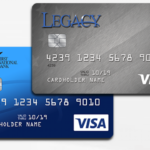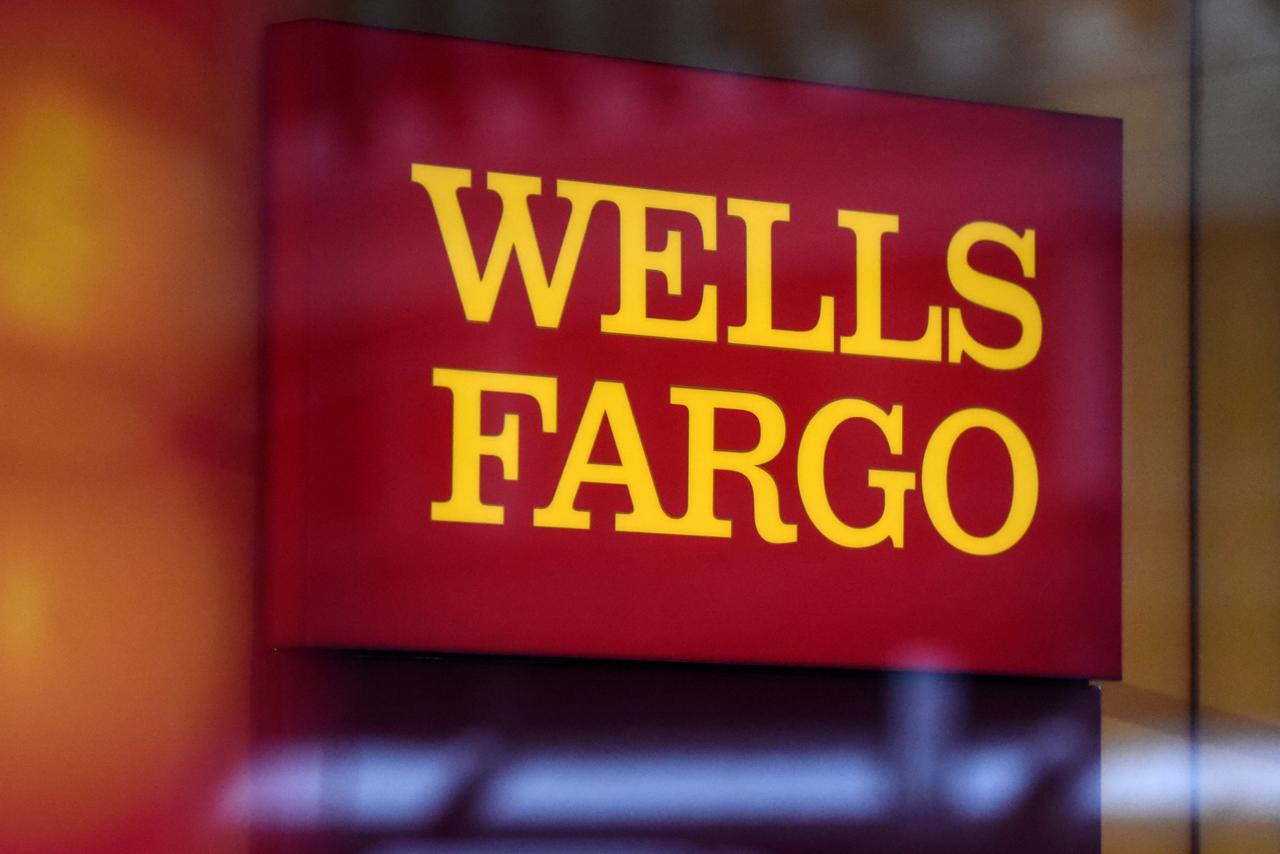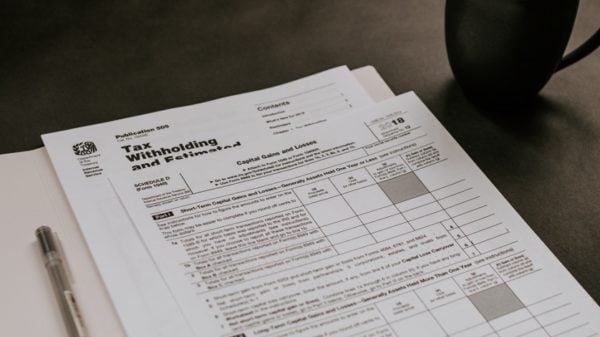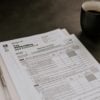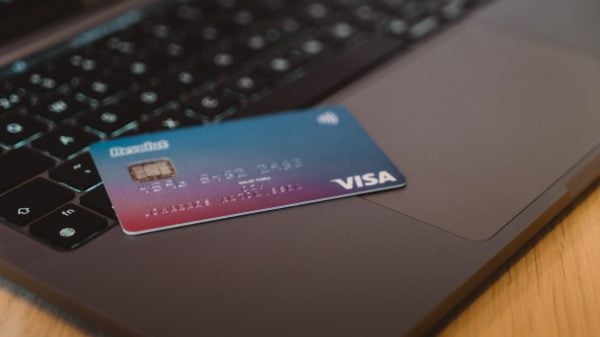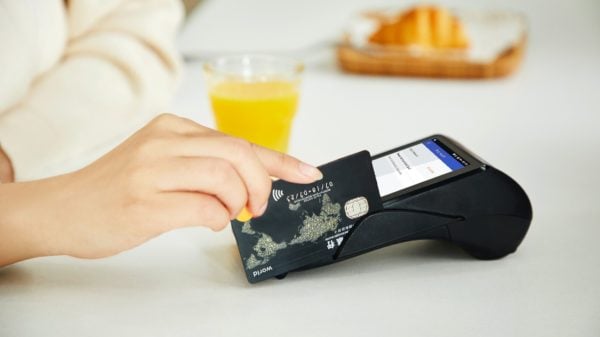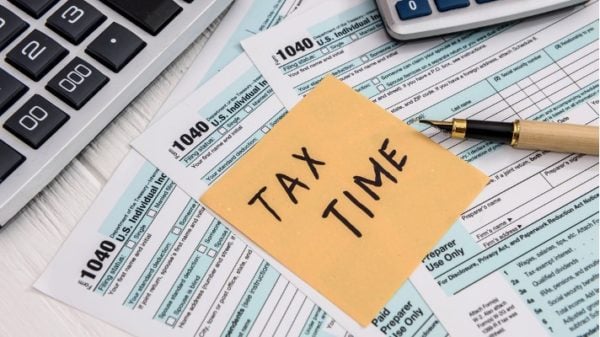When looking at the bottom-left part of the check, there’s a string of nine digits known as the bank routing number. These are essential characters used in daily financial transactions. People hardly memorize their Wells Fargo bank routing number, unlike their debit card PIN. But individuals fail to realize that their bank routing number is responsible for the internal processes in a banking system.
Essentially, this string of number initiates the movement of your money. It allows you to pay bills and credit your salary to your account instantly and securely. At any given time that you need your finances to go to another party or vice versa, the routing number will do the job for you.
The Routing Numbers
The ABA (American Bankers Association) routing number is a designated number for your bank. Like people have their Tax Identification Number or Social Security number, financial institutions like banks also have the same–the routing numbers.
These digits guarantee that transactions are legit and secured. Only state-chartered or federal financial agencies are qualified to keep an account at the Federal Reserve Bank. A bank’s routing number verifies to the system that it’s indeed a legit chartered financial organization.
The Purpose Of These Numbers
The numbers will recognize every bank and assist their transactions with one another as well as building trust in the financial system. Sellers gain confidence that all their financial transactions with the bank will be paid, and buyers are aware that their money can be safely transported to its recipient.
Like encashing a check where the person is required to present an ID for verification purposes, the bank routing number is every bank’s unique ID. Merchants, financial institutions, and other consumers can quickly confirm the cash routes.
In addition, bank routing numbers ensure that the system operates accordingly. The digits enable transactions to seamlessly occur while avoiding delays, errors, and miscommunications between parties involved.

The multinational financial services organization, Wells Fargo.
Finding The Routing Numbers
There are several ways to look for your routing numbers if you don’t have a checkbook.
Bank Website
Today, anybody can find relevant information on the internet, including routing numbers. They simply have to check their bank’s website. Be careful with banks that are maintaining several routing numbers. These banks may have different types used for wire transfer transactions. Hence, you must be aware of the specific nature of the transfer you want to do before listing the routing number. Moreover, major national financial institutions also hold various routing numbers for different states.
Bank Statements
Together with other relevant account information shown on your monthly bank statement is the routing number. You’ll get them either through mail or electronic mail, but either way, those important digits are listed somewhere on that statement.
Speak To The Bank
If the internet is too complicated and your bank statement is nowhere to be found, do the old-fashion way and call the bank. Bank staff will be very willing to assist you with this issue. They may happily help you with your transaction since you’re already at it if you ever need further assistance.



























